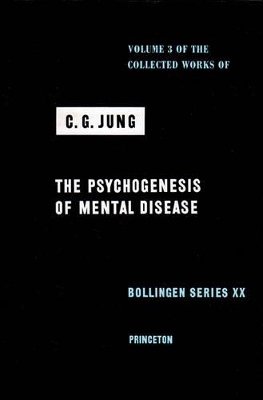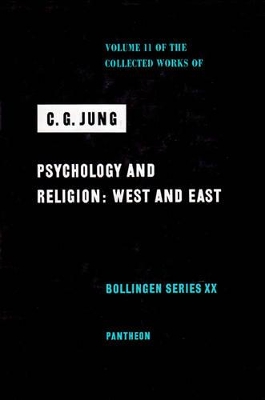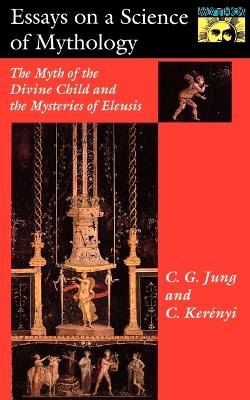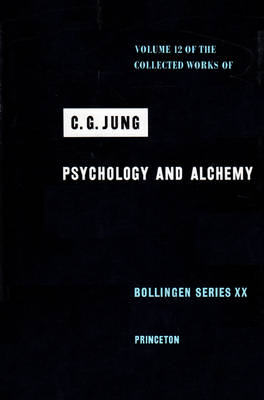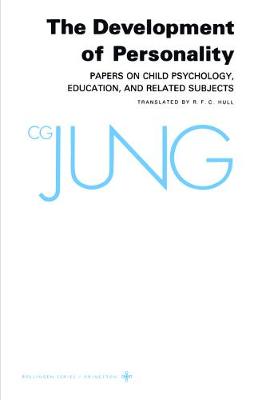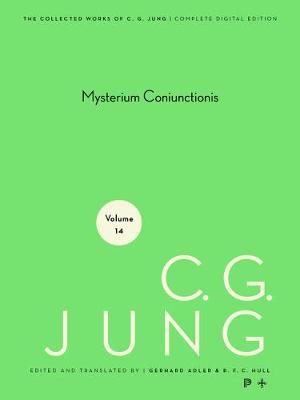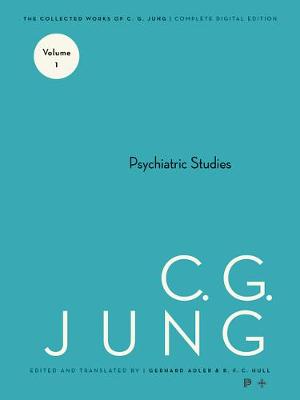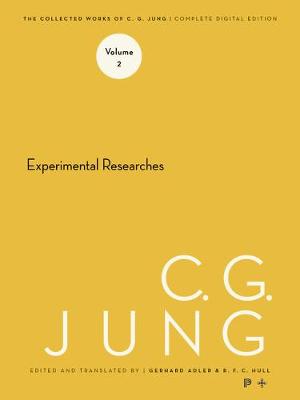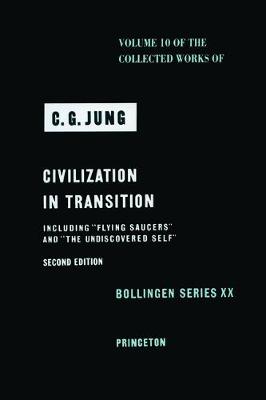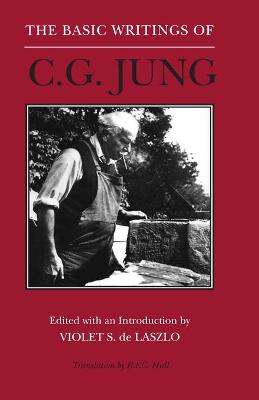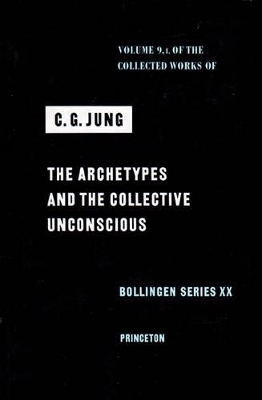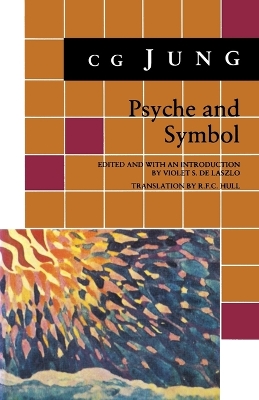Bollingen Series (General)
1 primary work • 52 total works
This third volume of Jung's Collected Works contains his renowned monograph "On the Psychology of Dementia Praecox" (1907), described by A. A. Brill as indispensable for every student of psychiatry--"the work which firmly established Jung as a pioneer and scientific contributor to psychiatry." Also included are nine other papers in psychiatry, the earliest being "The Content of the Psychoses," written in 1908, and the latest being two papers, written in 1956 and 1958, which embody Jung's conclusions after many years of experience in the psychotherapy of schizophrenia.
In Part III appear "Introduction to the Religious and Psychological Problems of Alchemy" and two sections of "Psychology and Religion." Part IV, called "On Human Development," consists of the essay "Marriage as a Psychological Relationship."
Also included are the foreword to the Cary Banes translation of the I Ching, two chapters from Synchronicity: An Acausal Connecting Principle, "Psychological Commentary on The Tibetan Book of the Dead," and "Commentary on The Secret of the Golden Flower."
